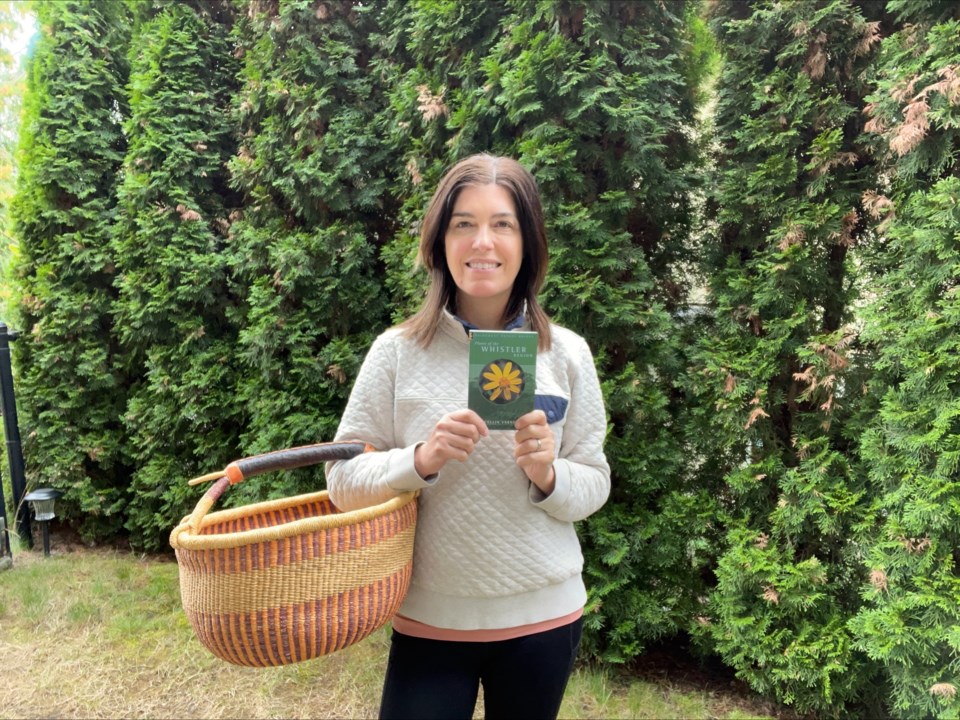You know the old sing-song rhyme kids have chanted at the end of the school year for ages: "No more pencils, no more books, no more teachers' dirty looks." There's a charming kids' book by that title, and it's even a line in Alice Cooper's ’70s hit "School's Out."
Well, it's that time of year again, kids (and I use the term loosely), when we're all reversing it. "Back to pencils (and iPads), back to books, back to whoever's dirty looks."
Yes, folks the Labour Day long weekend just around the corner is one bittersweet moment. With any luck the weather will hold and still be nice enough for camping, trail riding or whatever we get up to to celebrate that last blast of freedom—and last taste of summer. But the prospect of back-to-work, back-to school, back-to-normal looms over all.
My advice: Just don't think about it! In fact, I've got a great antidote, one that celebrates books—and nature—and will get you out of those four walls of normalcy in a whole new way.
Last time in this space, I highlighted two unique characters who centred their lives around nature, each in their own unique way: Local legend Zube Aylward with his nature-inspired homes, and international legend Euell Gibbons with his nature-inspired love of foraging.
The lovely Yosef Wosk Library at Vancouver's VanDusen Botanical Garden is the largest public-access botanical and horticultural library in western Canada. And it's just re-introduced me to Gibbons and his ’70s classic we hippies loved, Stalking the Wild Asparagus. Finding it again also reminded me of the joys of foraging while growing up in Alberta. Even after school started, me and my pals would scour the local ravines and hide-outs for wild berries, and more—something that's carried over throughout my life.
Looking for berries is a quick, easy way to inspire young ones to appreciate nature in a whole new way. At least that's what we picked up from our aunties and uncles, parents and grandparents. "There's some over here!" the happy finder would shout, and we'd all rush over.
If you didn't grow up looking for wild edibles, most libraries have good guidebooks. Stalking the Wild Asparagus is a wonderful place to start, especially for the thoughtful philosophy that underpins Gibbons' life work. Plus check out the excellent books Whistler Public Library has on foraging wild food. All-time favourites for hyper-local Sea to Sky angles include the beautifully illustrated Held by the Land by Leigh Joseph, a knowledgeable ethnobotanist and member of the Squamish Nation, who also conducts on-line courses. Gifts of the Land, by Liĺwat Nation Botanical Resources, is another WPL gem, as is Plants of the Whistler Region by Collin Varner. It's not specific to foraging, but still very useful.
But you can't beat foraging for berries, wild mushrooms and more by going out with someone who knows what they're doing. Stand by for the popular Fungus Among Us Mushroom Festival hosted at Whistler after Canadian Thanksgiving every year by the amazing Whistler Naturalists. In fact, local nats are great to join for a walk in the woods anytime.
To get you inspired to "stalk" wild plants, I recently connected with one of Whistler's keenest foragers, Tash Donohoe. After after taking multiple on-line courses, including with indigenous experts, she developed a big interest in using plants for their health properties.
"It started off with my garden, and I basically ripped out my old garden… and made sure every new plant had a use," she says from the home in Rainbow she shares with her husband, Steve, and son, Ethan. "So I use them for crafts, for food, and for medicine." Petals, leaves, roots, berries — all can find their way into the delicious and fragrant things Tash makes. Teas, meals, cordials, elixirs, bath bombs, soaps, facial sprays — even oxymels, which are ancient tinctures based on vinegar and honey.
And since her "new" garden features classics from around the world, like lavender, sage and thyme, it's more of a supplement to the wild and indigenous plants she forages. Those include her top three picks for beginners: nettle, elderflower (also a Euell Gibbons' favourite) and chamomile. The latter embodies a cute story.
Sometimes when Tash is looking for a particular plant, it can take her weeks or months to find it. But one day she headed up to Whistler Mountain Bike Park, without a notion of finding any. Then suddenly, she spotted wild chamomile, one of her favourites. '"I was at the head of the trail, along the top of Crank it Up, and it was everywhere! Even as I was flying down the trails!"
Many plants worth foraging like dry, dusty, disturbed areas, she notes. But the main take-away that day was an old lesson as applicable to life — even school — as it is to foraging: When you're not looking for something, suddenly it's everywhere!
If you're ready to start looking, here are some good, practical tips from Tash.
Local plants and their uses
Nettle: Think spinach: Fresh nettle pie, quiche, spanakopita, pesto. Dried for tea and soap making.
Elderflower: Delicious syrup. Dried for facial spray.
Chamomile: Dried for tea. Infused in oil for soap making.
St. John's wort: Tincture and elixir.
Wild rose petals: For oxymel. Dried for tea and soap making.
Dandelions: Salads and soap making
Safe foraging
Always 100 per cent positively identify a plant.
Use field guides and foraging books local to your region.
Start with easy-to-identify species.
Avoid harvesting from contaminated areas.
Ethical foraging rules
Don’t over-harvest. Only harvest as much material as you need.
Never harvest any protected, endangered or at-risk species.
Observe the health and size of the plant before harvesting.
Glenda Bartosh is an award-winning freelance journalist who almost got hit by a car while rushing across a gravel road as a kid to pick wild blueberries.




